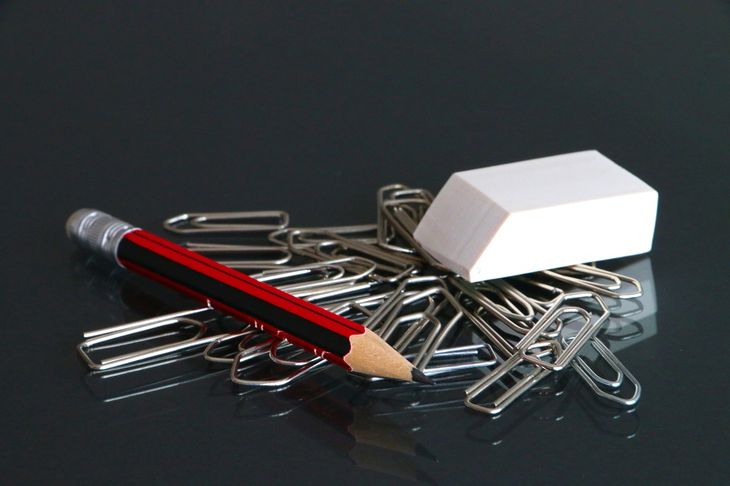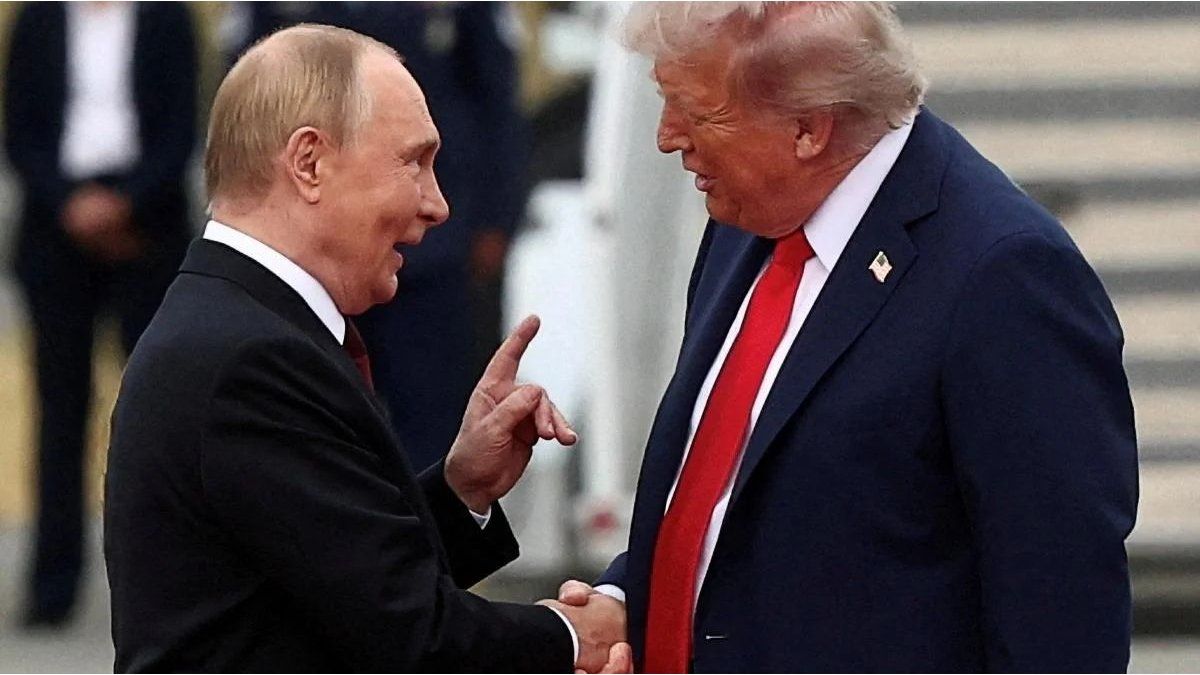A simple paper clip, used by millions today, was a symbol of resistance in World War II and continues to be an ally in offices.
. This office icon and symbol of resistance continues to be an unexpected resource in multiple situations of modern life, adapting to new times.
In full Second World Wara conflict that left millions of dead and faced to great world powers, inventions emerged that, although small, have great relevance today. Among them, the paper clip It earned a special place, not only on desks, but as a symbol of resistance.
The content you want to access is exclusive to subscribers.
This simple and functional office item has an unexpected story. From its beginnings, it was transformed and adapted, going from being a bureaucratic tool to a symbol in times of war. The surprising story behind this humble but million-dollar invention is worth knowing and disseminating.


office-utensils-701301_1280.jpg

Paper clips, the invention that generates millions and was involved in World War II
The history of the paper clip
This invention has origins that go back centuries. While some historians believe that the first use of a “paperclip” was in the byzantine erathose were made of bronze and were used only in imperial documents. This background is interesting, since it shows how, since ancient times, the need to group documents already existed.
With the Industrial revolution In the 19th century, the first modern offices emerged and with them, the demand for tools to organize papers. In this context, the first machines for manipulating wire and metal began to be patented, which led to the development of the first paper clips. In 1867, Samuel B. Fay patented in the United States a device similar to a clip to attach labels to garments, although its design also allowed paper to be attached.
A decade later, Erlman J. Wright designed the first paper clip specifically to hold sheets, allowing documents to be held together without punching holes. However, Wright’s design was not the one that popularized the clip. This occurred in 1890, when The Gem Manufacturing Company in it United Kingdom began to produce the “gem clip,” a rounded wire clip, very similar to the one we use today. Curiously, the company never patented its creation, although the design spread quickly.
In 1899, the American William Middlebrook patented a machine to produce steel clips, which facilitated their mass production. Although Middlebrook did not patent the design itself, his machine transformed the industry. The clips became popular around the world, establishing themselves in offices and homes. At the beginning of the 20th century, this invention already had multiple forms and applications, and its usefulness transcended the bureaucratic sphere.
Although digitalization reduced the use of paper clips in their original function, their versatility remains valid in the 21st century. From opening SIM card compartments in phones to being used in dentistry, the paper clip evolved and found a type of use according to needs.
The paper clip as a symbol in World War II
During the Nazi occupation in Norway in World War II the paper clip took on a new meaning. Faced with the ban on wearing patriotic badges, Norwegians began wearing clips on their lapels as an act of protest and a symbol of unity. This simple item became a sign of resistance against Nazi oppression and control.
The use of the clip was dangerous, as Nazi soldiers could punish those who wore them. However, the Norwegians adopted it as symbol of the fight for freedom, transforming an everyday object into a powerful tool of identity and patriotism.
Source: Ambito




